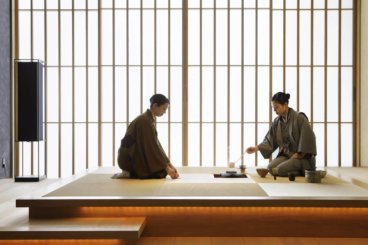If you’re considering a trip to Japan during one of the country’s peak travel seasons, be aware that things can get crowded. After swaths of springtime sakura bloom across the country, domestic travel spikes during holidays like Golden Week and Obon, while New Year’s travel means wide-ranging closures and high demand for the best hotels and ryokans.
Experiencing Japan’s cultural festivities can be unforgettable, but the timing of your visit is key. With sixteen public holidays and over 200,000 local festivals held throughout the year, it’s essential to be aware of how Japanese holidays may affect your travels – both in the planning process and once you’re in-country.
This article was last updated on December 3, 2024
Should You Plan Your Trip Around Japanese National Holidays?
Those who love the excitement of a country’s local traditions may relish the chance to get involved with national holidays, but if you’re less keen on big crowds and booked-out destinations, it’s good to know how your trip might be impacted by certain dates.
Perhaps most importantly, if you plan to visit during Japan’s busiest holidays and tourist seasons (like cherry blossom season, Golden Week, and the New Year’s period), services will be in high demand and short supply – this goes for accommodations, transport, and the best local guides.
Popular destinations and activities will be predictably congested during busy times of year, but with some extra effort, it’s still possible to limit your time spent in dense crowds. Plan to explore tourist spots during off-peak hours, and experience Japan’s lesser-known, yet equally remarkable destinations (read about our favorite off-the-beaten-path places in Japan for inspiration).
This article explores the Japanese holidays with the most potential to impact your travel plans. And because we think you should never pass up a chance to visit Japan, we’ll include some tips to help you enjoy your trip, even if your dates overlap with peak travel periods.
If seasonal weather is also a factor in choosing your travel dates, read our guide on the best times of year to visit Japan.
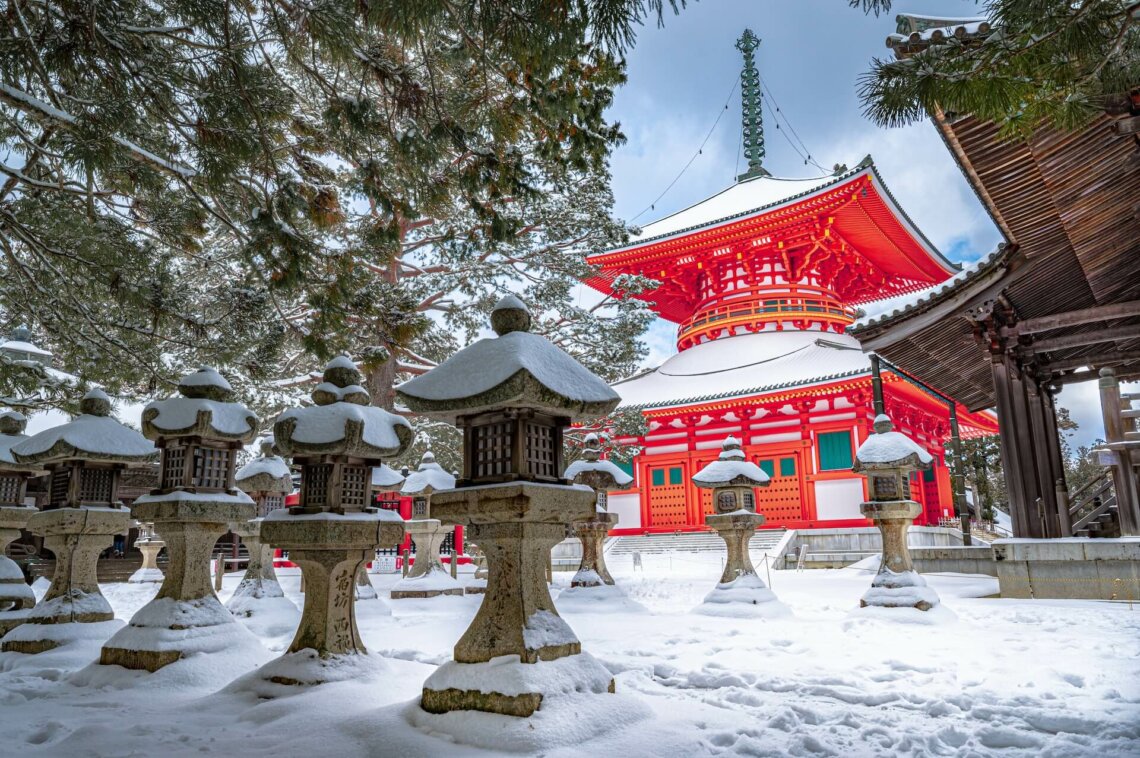
List of Japanese National Holidays
Before diving into more detail about some of Japan’s most notable peak travel periods, here is a short list of the country’s national holidays.
National Holidays in Japan in 2025
- December 31 to January 3: New Year’s Holidays. Japanese families prepare for the New Year with traditional meals, games, and gifts. When it comes, they pray for good fortune for the year ahead.
- January 1: New Year’s Day (Shogatsu). Locals rise before dawn to watch the first sunrise of the year, and visit shrines to pray for good fortune in the days and months ahead.
- January 13: Coming of Age Day (Seijin no hi). Boys become men and girls become women, on a day of celebration for everyone turning 18 between April 2 of the previous year and and April 1 of the current year.
- February 11: National Foundation Day (Kenkoku kinenbi). A celebration of the folkloric founding of Japan over 2,500 years ago by the mythical Emperor Jimmu. This was a major holiday in imperial Japan pre-WWII, but nowadays it gets little attention.
- February 24: Emperor’s Birthday. The birthday of Emperor Naruhito, the current and 126th emperor of Japan. Crowds gather at Tokyo’s Imperial Palace to catch a glimpse of the royal family on the balcony.
- March 20: Spring Equinox Day (Shunbun no hi). An ancient celebration marking the official beginning of spring. People will typically clean out their houses in preparation, and sweep the tombstones of their ancestors.
- April 29 to May 6: Golden Week Peak Travel Days. A cluster of holidays which results in a full week of vacation. This is one of the most difficult times to travel in Japan.
- April 29: Showa Day (Showa no hi). A commemoration of the birthday of Emperor Showa, the 124th ruler of Japan who reigned from 1926 to 1989. It’s a designated day of reflection upon the historic events which defined his reign.
- May 3: Constitution Memorial Day (Kenpo kinenbi). A celebration of Japan’s modern post-war constitution coming into effect in 1947. The government’s National Diet building opens its halls to the public on this day.
- May 5: Children’s Day (Kodomo no hi). This day is dedicated to the little ones. Families adorn their houses with streamers decorated as koi carp, and children dress up in traditional kimono to visit temples.
- May 6: Greenery Day (Midori no hi). A day celebrating Japan’s deep cultural connection with nature. Trips to public parks or temple gardens are a common way to celebrate.
- July 21: Ocean Day (Umi no hi). A relatively new holiday for appreciation of the oceans and their bounty. Locals escape the summer heat with a day of swimming and sunbathing by the seaside.
- August 11: Mountain Day (Yama no hi). Mountain Day is the newest Japanese public holiday, celebrated for the first time in 2016. However, Japan’s reverence for its mountains goes back millennia. Hiking and trekking are two obvious ways to celebrate.
- August 12-16: Obon Peak Travel Days. Japanese people welcome back the spirits of their departed ancestors with lamps and offerings. Some regions actually celebrate Obon one month earlier, according to the lunar calendar.
- September 15: Respect for the Aged Day (Keiro no hi). A day to formally express Japanese culture’s respect and love for the elderly. It began in 1948 as a local tradition in a small town, then quickly spread across Japan, becoming a holiday in 1966.
- September 23: Autumn Equinox Day (Shubun no hi). The official start of fall, when Japanese people will once again sweep the tombs of their ancestors, or relax outdoors with some snacks.
- October 13: Health and Sports Day (Taiiku no hi). A holiday commemorating the start of the 1964 Olympic Games in Tokyo. This is typically when schools will hold their annual sports days, and companies organize activities for their staff.
- November 3: Culture Day (Bunka no hi). Japan’s Culture Day commemorates the history and beauty of Japanese art. The emperor awards the prestigious Order of Culture medals to noteworthy Japanese artists and writers on this day.
- November 24: Labor Thanksgiving Day (Kinro kansha no hi). Originally an ancient festival to celebrate the fall harvest, this is now dedicated to all the workers of Japan. School children will typically make cards and hand them out to public sector workers.
Japan’s Most Notable Peak Travel Seasons
Expanding on the above, here is an introduction to Japan’s most crowded times of year for travelers.
Oshogatsu (New Year’s Holidays)
Around December 29 to January 3
The first day of the new year is an incredibly important holiday throughout Japan. According to tradition, on January 1 all households are graced by the arrival of Toshigami, the Shinto god who brings good luck for the coming year ahead. The arrival of this auspicious visitor marks the beginning of oshogatsu (the first month of the year) and is typically celebrated with family at home.
Oshogatsu is a peaceful and contemplative holiday, and in preparation, most companies in Japan will close for a few days, from around December 29 until around January 3. The roads and railways are busier at the start and end of this period, as many city dwellers flock to their hometowns and back again.
A key factor to consider at New Year is that many shops, restaurants, markets, and other places of interest will close during part or all of this period from around December 29 to January 3. So for this roughly week-long period, travelers might find their options are limited.
In major city centers, some big brand stores and chain eateries remain open, though many will be closed. Hotel bars and restaurants are usually open for business throughout the holiday to sustain travelers, so you can still enjoy the festivities in a traditional city like Kyoto or Kanazawa.
At the same time, temples and shrines will be enjoying some of their busiest days of the year. Oshogatsu is actually an excellent time to see Japanese holiday traditions in action, as locals head out for hatsumode (the first shrine visit of the year). Expect large crowds at the most popular shrines, where queues to pray at the main altars can run upwards of an hour.
What about Japan’s famous ski destinations, such as Hokkaido and the Japan Alps? One of the main draws of winter in Japan is the country’s legendary powder, which draws skiers and snowboarders from around the world. Just keep in mind that late December and early January are still considered a bit early for peak powder conditions — and unsurprisingly, this is a very crowded time of year at winter resorts throughout the country.
If you’d prefer to escape the hustle and bustle of the city or popular resorts entirely, New Year’s can be a fantastic time to retreat into nature with a stay at a remote rural ryokan (complete with soothing onsen hot springs). Just be sure to book well in advance, as this is a popular way to enjoy the holiday for both locals and visitors alike.
If you’re considering a Japan trip around the New Year’s period, you’re likely to experience:
- A unique and traditional Japanese New Year experience in more traditional cities such as Kyoto and Kanazawa
- Lively countdown parties in Tokyo, Osaka, and other major cities
- Travel congestion, heightened demand (and prices), and many shops and restaurants closed from around December 29 to January 3
Chinese New Year
Typically late January or early February
An important holiday throughout Asia, the exact dates of Chinese New Year vary from year to year (here is a guide). While Chinese New Year is no longer a Japanese holiday, it’s still celebrated by many in Japan, particularly in cities with large Chinese populations.
Chinese New Year is also an extended holiday period for people around the region: Japan is typically filled with tourists, making it a very crowded (and correspondingly expensive) time of year to visit.
If your travel dates happen to overlap with Chinese New Year, aim to skip the crowds by visiting tourist sites early in the morning, or avoiding prime hotspots altogether. That said, if you happen to be in a city like Yokohama or Kobe (two cities with prominent Chinese districts), it’s worth visiting for the lively celebrations.
If you’re considering a trip to Japan during Chinese New Year, you’re likely to experience:
- Main tourist destinations become extremely crowded
- Lesser-known attractions and destinations generally less affected
- Celebrations in Yokohama Chinatown and other areas
- Hotel prices increase due to high demand in major destinations
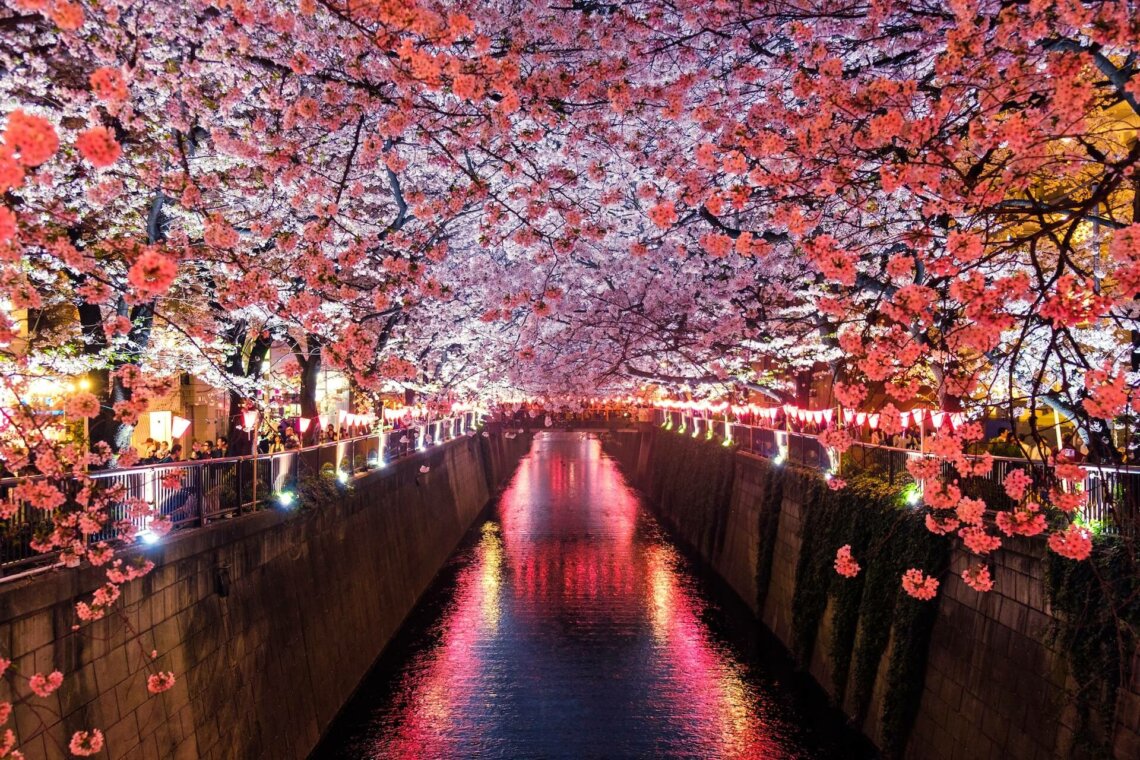
Cherry Blossom Season
Mid-March to early April (exact dates vary)
In the common imagination is there anything more quintessentially “Japan” than the cherry blossoms? Every year, people across the country flock to parks and riverbanks, with picnic blankets and sake bottles in hand, to enjoy the fleeting spectacle of sakura blossoms beautifully fluttering in the breeze.
Cherry blossom viewing is an extremely popular Japan bucket list item, and unsurprisingly the country is flooded with tourists each spring (it’s also a popular time for honeymoons to Japan, as the blossoms create an effortlessly romantic backdrop).
However, these scenes only last for around a week or two each spring – and it’s nearly impossible to predict in advance exactly when the blossoms will bloom and peak.
The annual sakura bloom is particularly beloved for its ephemeral nature, and the way it challenges visitors to find beauty in impermanence. Of course, this isn’t too practical when you’re planning a trip to Japan months in advance. Luckily, there are various ways to try and estimate when the blossom will appear.
Broadly speaking, cherry blossom season runs from around mid-March to early April, reaching its peak about one week after the first buds begin to open. However, geography also plays a part: the south of Japan gets the first blooms as the warm weather arrives, and this gradually rises northwards through the country with Hokkaido, Japan’s northernmost island, not seeing blossoms until May.
Partly because cherry blossom season also overlaps with spring break for many travelers from North America and Europe, spring is by far one of the most expensive and crowded times of year to visit Japan. The price surges vary from year to year, but in some years (and at some luxury hotels and ryokans), it’s not unheard of for prices to increase by double or more. It’s also essential to plan well in advance — many of the best small boutique hotels and ryokans book up farin advance.
If you’re considering a trip during cherry blossom season, you’re likely to experience:
- Awe-inspiring natural beauty, hanami (sakura viewing), and the unpredictability of Mother Nature
- By far one of the busiest times of year to visit Japan
- Relatively exorbitant prices for accommodations and flights
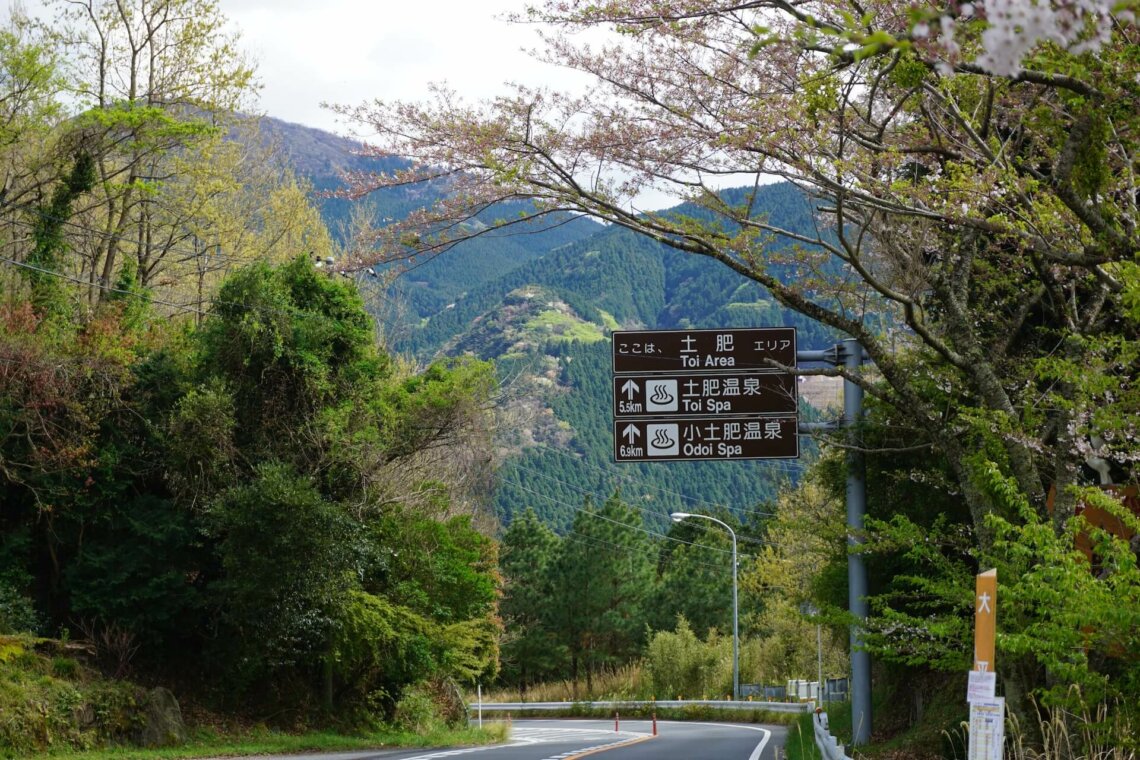
Golden Week
Around April 29 to May 6: see here for exact dates by year.
Thanks to a series of four national holidays occurring within a single week, Golden Week is one of the country’s busiest holiday periods. With the extended vacation, domestic tourists take full advantage of the opportunity to travel.
Amidst this increased activity, the cost and availability of transport, attractions, and accommodation across Japan are all impacted.
There’s no need to mince words. If you can avoid Golden Week, it is best avoided. However, if your dates are set, then booking as far ahead as possible is the best strategy for Golden Week travels: expect trains, flights, and hotels to sell out. International flights to and from Japan can also be affected during Golden Week, as some locals take the opportunity to travel overseas.
If you’re already in Japan for Golden Week, staying in your current location may be preferable to joining the crowded transport options. There are many celebrations that take place – activities and parades, festivals and themed events, exhibitions and lectures – but waiting times at popular attractions will take much longer than usual and will, of course, be crowded.
You can also capitalize on the flurry of concentrated activity and venture further afield. Rural regions and lesser-known towns don’t receive nearly the same number of visitors as the major cities do, so why not head for some fresh air in the idyllic Japanese countryside?
If you’re considering a trip to Japan during Golden Week, you’re likely to experience:
- One of the busiest times of year for domestic travel in Japan
- Off-the-beaten-path regions can be less affected by the surge in travel volume
- Pleasant spring weather
- Prices for flights and accommodation can skyrocket, with crowded attractions and trains, and traffic congestion, particularly at the start and end of the week
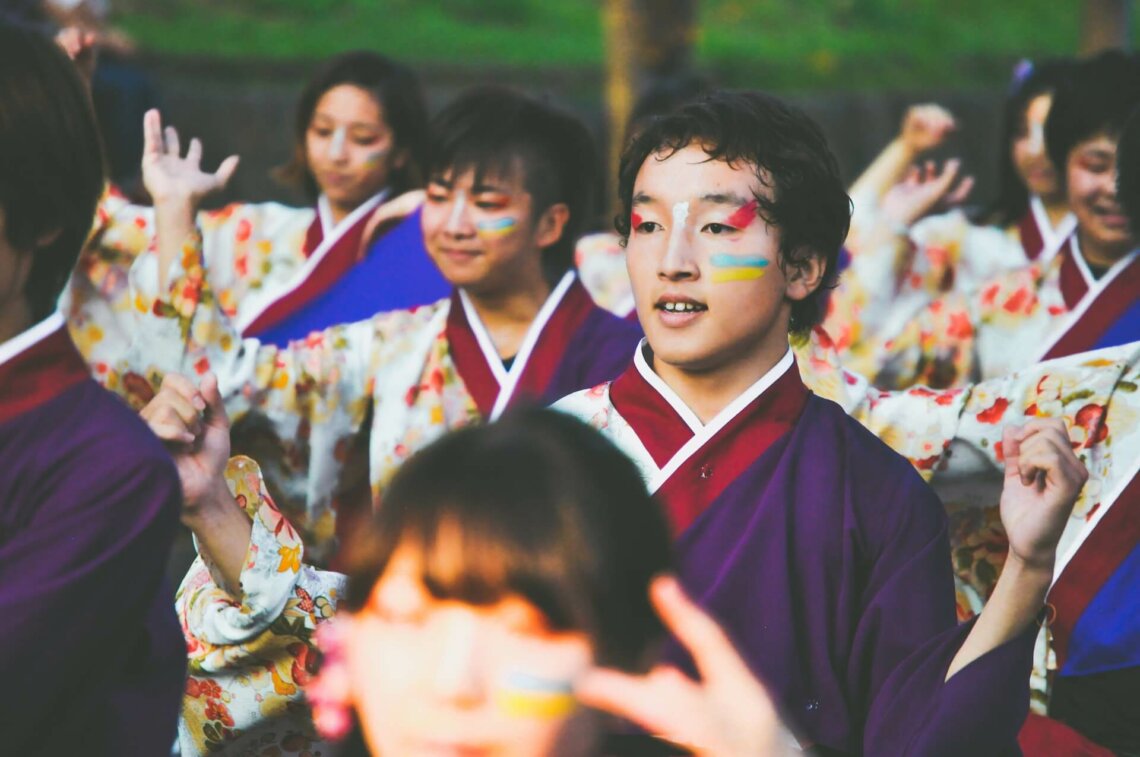
Obon
Around August 13th to 16th (extends throughout mid-August)
After New Year and Golden Week, the Buddhist festival of Obon is the third busiest Japanese holiday period, and is a time to honor the spirits of the ancestors. According to tradition, for a brief time in the middle of August the spirits of the dead return to the world of the living. During this time, Japanese people typically return to their hometowns to tend to family graves and light lanterns said to guide the ancestral ghosts back home.
Obon is a time of great celebration which plays host to some of Japan’s best matsuri. Across the country, Bon Odori festivals featuring boisterous parades of dancers and drummers take place to welcome back the dearly departed.
One of the largest and most famous of these is Awa Odori in Tokushima Prefecture, which sees 100,000 performers take to the streets over the course of four days.
As with New Year’s, the main downside of Obon is huge congestion on the roads and railways as people all rush to their hometowns at once. This is especially pronounced in the immediate lead-up to the main dates and directly after.
If planning a trip during the height of the Obon festival period, it’s best to avoid intercity trains and highways during the busiest travel days if possible. Tourist sites aren’t too affected, but hotel prices do go up as the festival approaches.
If you’re considering a trip to Japan during Obon, you’re likely to experience:
- Streets come alive with traditional Bon Odori festivals
- Less disruption to attraction availability than other peak times
- Travel congestion, especially around Aug 11-13 and 16
- A spike in accommodation prices
- Very hot and humid weather
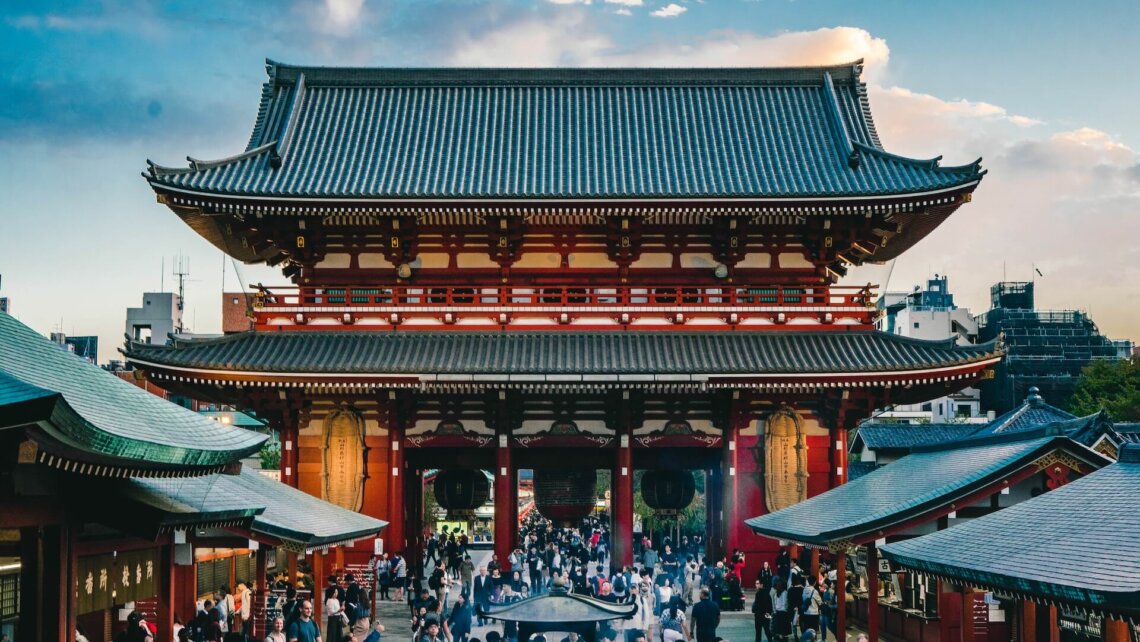
Silver Week
Around September 19 to 23 (only certain years)
Silver Week is another cluster of Japanese holidays that result in five full days of rest and relaxation. There’s just one catch: it’s a pretty rare occurrence. Unlike Golden Week’s annual iteration, Silver Week requires a particular combination of holiday dates for citizens to gain maximum time off.
The two public holidays in question – Respect for the Aged Day, held on the third Monday of September, and the Autumn Equinox on September 23 – need to have a single weekday gap between them. In the years when this occurs, the Japanese government fills the gap with a bonus day off, and when combined with the weekend there are five days of holiday.
Silver Week isn’t a priority concern for travelers for the time being, unless you’re planning your trip well in advance: the next time a full Silver Week comes into alignment is 2026.
Just like Golden Week, Japanese people take this opportunity to travel, meaning larger crowds and higher demand across the board. The same rules also apply here as to Golden Week: book everything as early as possible, and be prepared to pay higher prices for accommodation.
The disruptions during a normal year won’t be anywhere near as significant as in a ‘true’ Silver Week in Japan, but it’s still worth marking these — and any other relevant holidays — on your trip calendar. Take a look down below for a full list.
If you’re considering a trip to Japan during Silver Week, you’re likely to experience:
- Rural regions less affected by the high demand
- A surge in prices for flights and accommodations
- Top attractions and trains will be crowded or sold out
- It won’t be a major concern until 2026
Start Early to Plan Your Ideal Trip During a Peak Holiday Season
Although there are certainly calmer times of year to visit, you’ll still have a wonderful trip if traveling during a Japanese holiday: all it takes is a little more planning and flexibility.
Of course, a helping hand from Japan travel experts can take the stress out of overcoming these hurdles. Boutique Japan’s bespoke trip designing service can help you create a unique itinerary catered to your personal tastes and the exact time of year you’ll be traveling.
Our low-volume approach and established local networks help us plan extraordinary custom travel experiences year-round.

